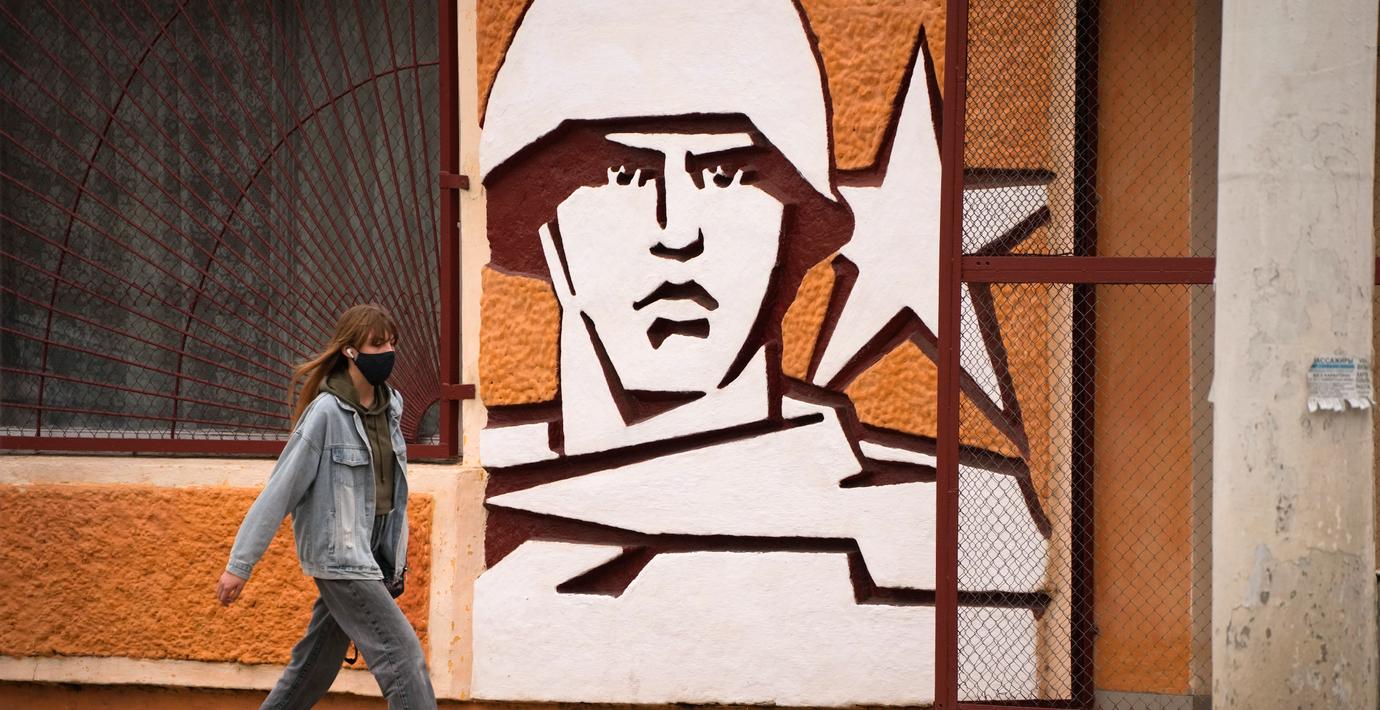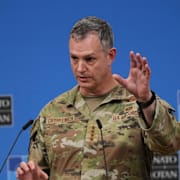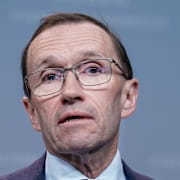
Transnistrien vill bryta sig loss från Moldavien
Den självutropade staten Transnistrien begär att erkännas självständiga från Moldavien, skriver republikens utrikesdepartement i ett uttalande.
De menar att det är ett geopolitiskt beslut av Moldavien att ansöka om ett medlemskap i EU. Något som de menar förändrar relationen mellan Moldavien och Transnistrien så mycket att de helt vill bryta sig loss.
Utrikesdepartementet uppmanar det internationella samfundet att erkänna ”en verklighet som funnits i över 30 år” – att Transnistrien är en självständig stat.
bakgrund
Transnistrien
Wikipedia (en)
Transnistria, officially the Pridnestrovian Moldavian Republic (PMR), is an unrecognised breakaway state located in the narrow strip of land between the river Dniester and the Moldovan–Ukrainian border that is internationally recognised as part of Moldova. Its capital and largest city is Tiraspol. Transnistria has been recognised by only three other unrecognised or partially recognised breakaway states: Abkhazia, Artsakh, and South Ossetia. Transnistria is designated by the Republic of Moldova as the Administrative-Territorial Units of the Left Bank of the Dniester (Romanian: Unitățile Administrativ-Teritoriale din stînga Nistrului), or Stînga Nistrului ("Left Bank of the Dniester").The region's origins can be traced to the Moldavian Autonomous Soviet Socialist Republic which was formed in 1924 within the Ukrainian SSR. During World War II, the Soviet Union took parts of the Moldavian ASSR, which was dissolved, and of the Kingdom of Romania's Bessarabia to form the Moldavian Soviet Socialist Republic in 1940. The present history of the region dates to 1990, amidst the disintegration of the Soviet Union, when the Pridnestrovian Moldavian Soviet Socialist Republic was established in hopes that it would remain within the Soviet Union should Moldova seek unification with Romania or independence, the latter occurring in August 1991. Shortly afterwards, a military conflict between the two parties started in March 1992 and concluded with a ceasefire in July of the same year.
As part of that agreement, a three-party (Russia, Moldova, Transnistria) Joint Control Commission supervises the security arrangements in the demilitarised zone, comprising 20 localities on both sides of the river. Although the ceasefire has held, the territory's political status remains unresolved: Transnistria is an unrecognised but de facto independent semi-presidential republic with its own government, parliament, military, police, postal system, currency, and vehicle registration. Its authorities have adopted a constitution, flag, national anthem, and coat of arms. After a 2005 agreement between Moldova and Ukraine, all Transnistrian companies that seek to export goods through the Ukrainian border must be registered with the Moldovan authorities. This agreement was implemented after the European Union Border Assistance Mission to Moldova and Ukraine (EUBAM) took force in 2005. Most Transnistrians have Moldovan citizenship, but many also have Russian, Romanian, or Ukrainian citizenship. The main ethnic groups are Russians, Moldovans, and Ukrainians.
Transnistria, along with Abkhazia, South Ossetia, and Artsakh, is a post-Soviet "frozen conflict" zone. These four partially recognised states maintain friendly relations with each other and form the Community for Democracy and Rights of Nations.
Transnistrien
Omni är politiskt obundna och oberoende. Vi strävar efter att ge fler perspektiv på nyheterna. Har du frågor eller synpunkter kring vår rapportering? Kontakta redaktionen



